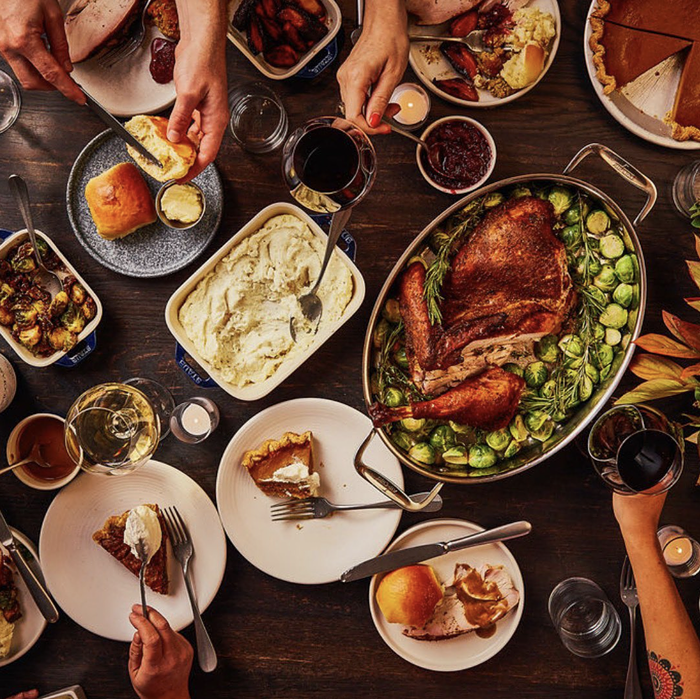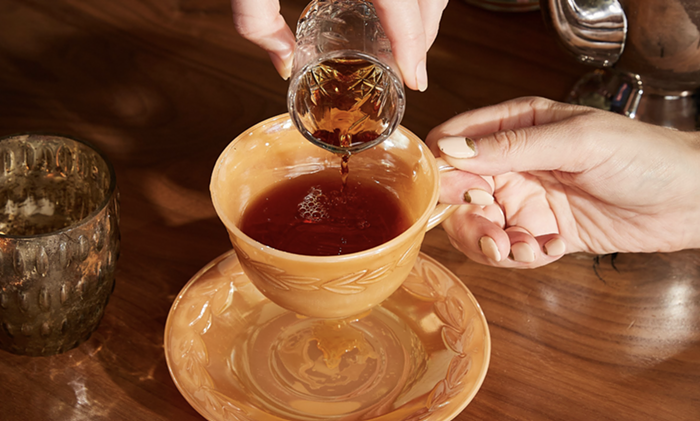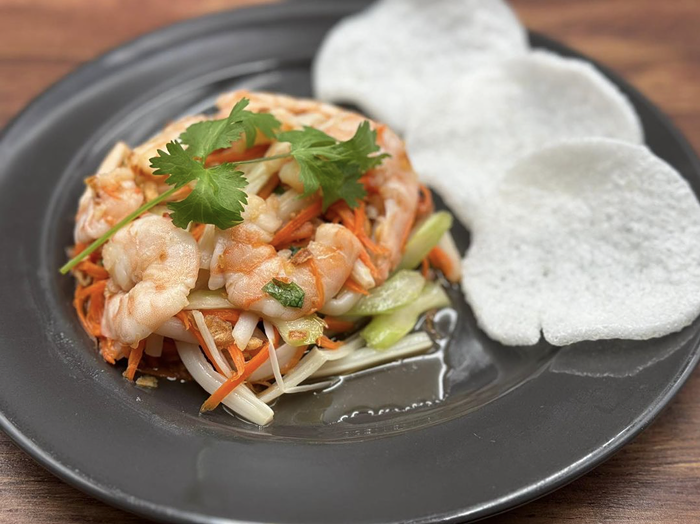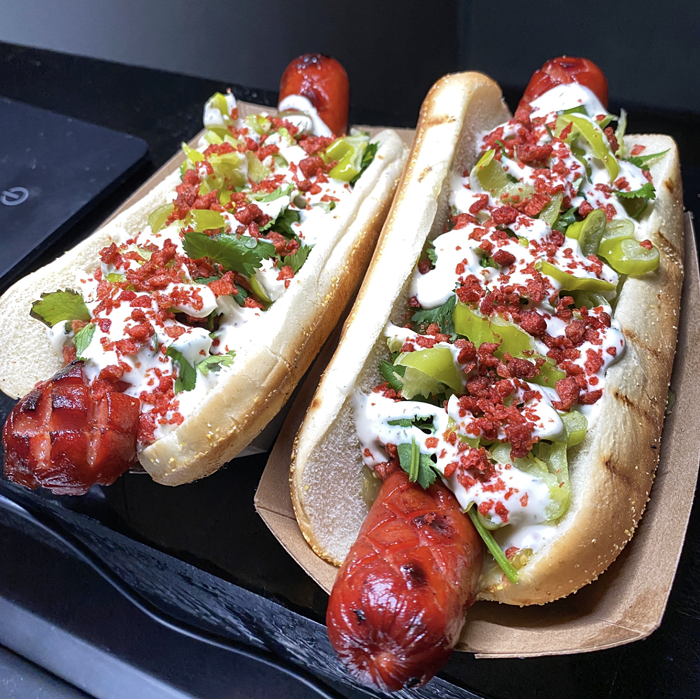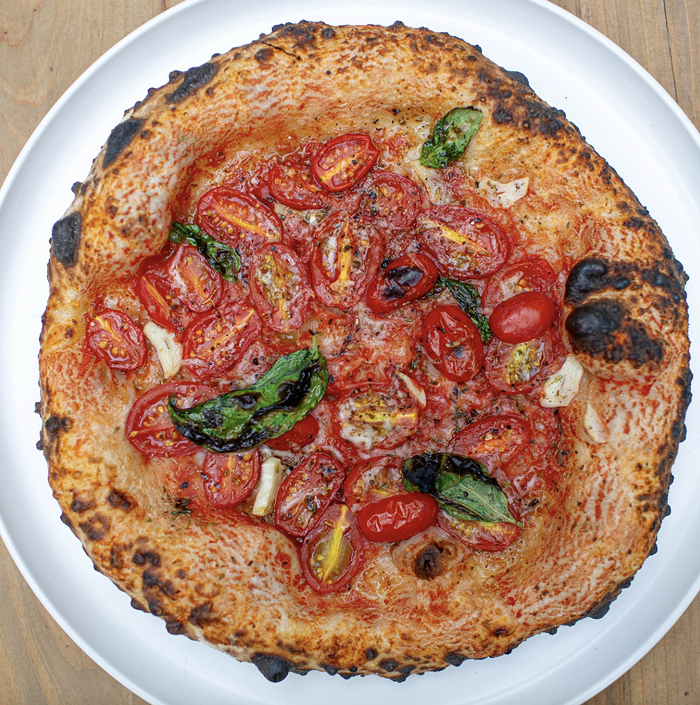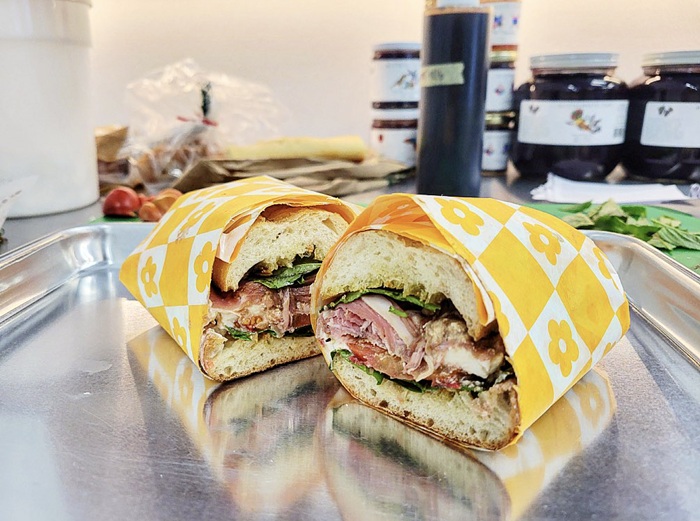As a food editor and writer of a weekly column devoted to the variety of comestibles in our fair city, I am occasionally given the opportunity to eat a huge steaming pile of crow.

In this week’s Food News section regarding Nate Tilden’s plan to open a house made charcuterie retail shop and wine bar, I wrote this sentence:
“This would be Portland's first local charcuterie retail shop.”
Though it will be Portland’s first retail shop dedicated specifically to house-cured charcuterie in all its forms, it will not be the first retail shop to offer locally made charcuterie. If I’d have taken a few moments to call some of the usual suspects in our amazing meat community, I would have saved myself the trouble of this post, and you the trouble of calling me an idiot… again.
The fact is that the meat counter at City Market, which has been occupied by Viande Meats and Sausages, and now Chop Butchery and Charcuterie, has been making charcuterie for years. Though it’s a small part of what they do, they offer guanciale, pancetta, pate, rillettes, and have started producing salami as well.
The meat counter at Pasatworks also offers a small selection of house-cured guanciale, pancetta and other charcuterie treats.
Part of the problem with my representation of Tilden’s enterprise lay in the term “charcuterie,” which according to the Oxford Companion to Food “literally means cooked meat, from the French chair cuit.” The entry goes on to explain that the term is a catch-all for everything from terrines to sausages. So the term is not specific to salami, salumi, and the other artisan cured meat products that Tilden plans to produce—an undertaking that is notoriously fraught with bureaucratic hurdles from USDA food safety guidelines.
For small producers like Chop and Pastaworks, those pressures are slightly less considering their cured meat output represents just a fraction of the products they sell to the public.
Speaking with Eric Finely from Chop, he explained that he’s never run into problems with USDA inspectors. “We’ve had a pancetta or gauciale hanging in our walk-in and they’ve never said anything about it,” Finely told me. He believes that an inspectors concern is commensurate to output.
“I spoke with Batali [father of Mario Batali who owns and operates Seattle’s Salumi] and they were fine until they started commercializing distribution.” Finley says. Once Salumi began shipping product out of state for wholesale distribution, the USDA became a little bit more concerned with way their product was being produced.
The main issue the government has with most curing is the level of harmful bacteria and pathogens that might take up residence on your sopressetta. The idea when curing meat is to inhibit rotting and the growth of nasties like e-coli and botulinum while the meat slowly dries. Salt helps by drawing water from the meat as and the micro-organisms that have designs to break the meat down. Nitrates are also useful, as is irradiation.
But radiation and nitrates are not absolutely necessary. There are a bevy of beneficial bacteria and fungi that help keep pathogen levels down while lending the meat flavors characteristic of whatever your trying to produce. It’s just one of the countless ways bacteria helps in a variety of food creation from cheese to yogurt.
Government regulation requires small artisan producers take the burden of proving their cured meats are within USDA safety guidelines. It ain’t easy. You can read Sarah DiGregarios piece from Gastronomica about New York’s Salumeria Biellese to get a good idea of what small charcuterie producers have to go through.
When I spoke to Nate Tilden oh-so-many weeks ago, he seemed acutely aware of the rough bureaucratic waters he’d have to navigate. It will likely be more difficult for him to produce his products under the keen eye of USDA inspectors than the folks at Chop or Pastaworks considering charcuterie and curing will be the focus of his shop.
So Tilden’s won’t be the “Portland's first local charcuterie retail shop,” but it’s no less exciting to me to have even more locally-cured meat options.
My apologies to Chop (by extension, Viande) and Pastaworks for completely disregarding their contributions to the city’s charcuterie galaxy. I now offer the comments section for your vitriol. I shall endure the slings and arrows of your deserved abuse with my usual grace and aplomb. Then, I’ll wash that crow down with a stiff drink.
